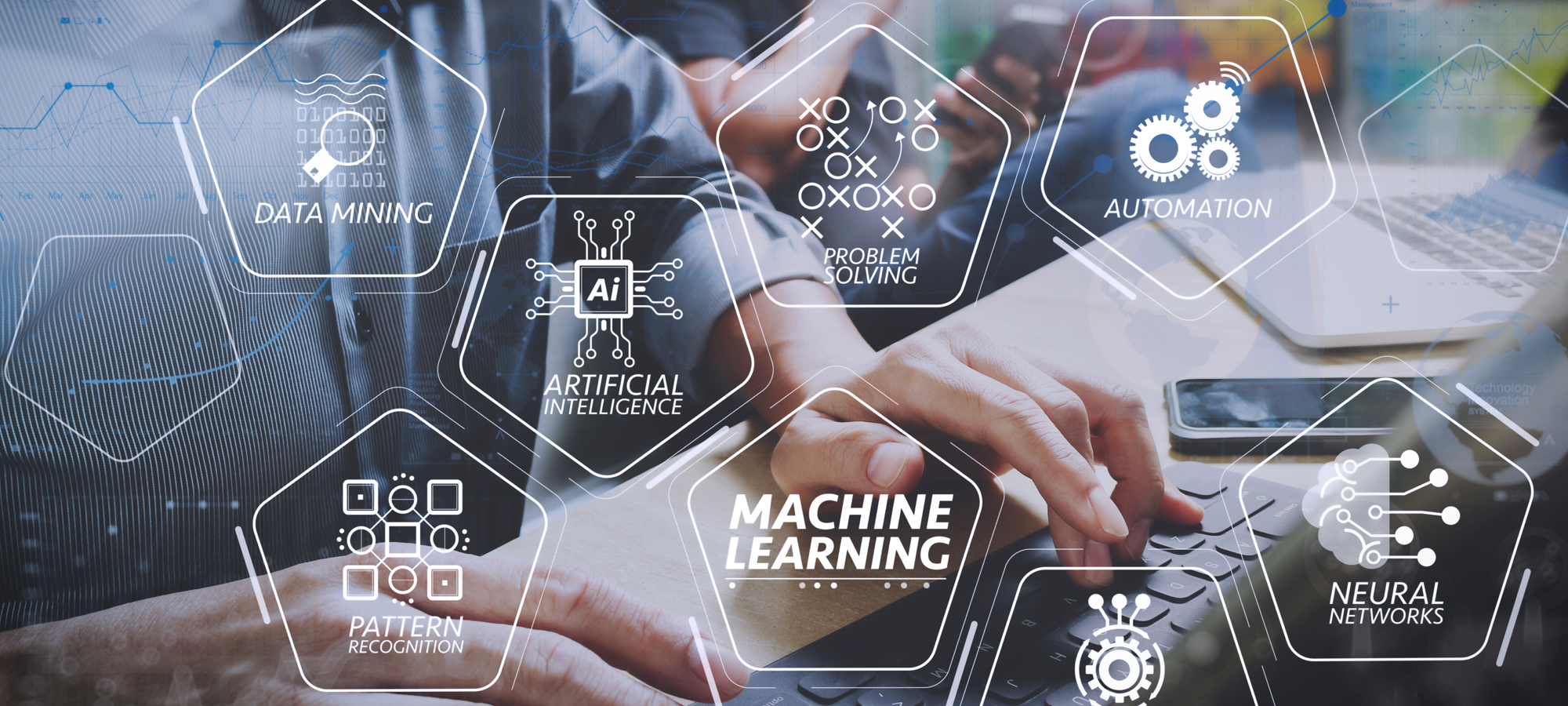Computer vision: how AI unlocks intelligent quality control
It’s a fact that true expertise is the domain of the human mind. But when experts agree on what constitutes product quality, machines can be taught to identify these traits as well – more reliably and tirelessly than human employees. The trick? “Making sure we’re training the deep-learning algorithms with the right data,” says delaware AI expert Wouter Labeeuw.

Improving visual pattern matching with deep learning
After concluding that their current visual inspection system was great at preventing defective products from reaching the market but that it discarded too many “good” pieces, this manufacturer approached delaware to help with a solution.
“In the case of this client, their system relies on cameras that image every single product that exits the production line,” Wouter explains. “The interface checks the value of every pixel in an image, but it turns out that it was being too strict, labeling ‘good’ components as ‘bad’ – known as false positives.”
The delaware.ai team took a deep-learning approach to ensuring the system interprets images in a more accurate way. Wouter: “It’s about striking the right balance. If the system doesn’t let anything pass, of course no ‘bad’ products will leave the factory – but you’ll throw away everything. You have to allow a limited number of ‘bad’ products through to maximize the throughput of ‘good’ products.”
The “right” data is the core of every deep-learning project
In designing the group of algorithms responsible for collectively recognizing ”good” and “bad” patterns in product line images, the delaware team takes a four-step approach:
- Data intake/engineering: in this phase, the quality of the available data is verified, and labeler bias examined.
- Model divergence: potential deep-learning models are tested separately to see which ones lead to the best outcome.
- Model convergence: chosen models are integrated to see which combination improves outcomes even further.
- Evaluation: the team gives the refined model data that it has never encountered before to see how well it works.
“In any system that uses visual data to discern characteristics and patterns, deep learning does it better, faster and more accurately than any traditional technology.” – Wouter Labeeuw, data scientist at delaware.
Intelligent machines need proper education
“Interestingly, algorithms – like people – can be lazy,” he continues. “They will take any shortcut possible to make the pattern recognition process simpler. For example, if they learn that a certain pixel often has a particular value in the case of a ‘bad’ product, it will zero in on that one pixel and automatically label any image with that characteristic as ‘bad’ right off the bat. You have to keep testing to make sure that the model has been learning the right things.”
As a result of the deep-learning model having been developed and trained, the client’s computer vision system has both reduced the number of ‘good’ products being erroneously thrown out by 70% and increased the number of ‘bad’ components correctly identified by 30%.
“In order to strike the ideal balance between strict and effective that I mentioned before, we brought in an expert who is familiar with the products,” Wouter explains. “The data provided by this expert helped the model to identify characteristics of the components that were okay to be ‘bad’ – such as superficial scratches versus. structural cracks. The previous solution was not subtle enough to identify these very slight differences.”
Computer vision inspiration beyond quality control
Deep learning in computer vision has numerous applications in visual quality control inspection, but it can be used to overcome even more diverse challenges.
“For example, models can recognize very detailed anatomical structures in medical images, or identify exactly where and how many people or vehicles are entering and exiting specific areas in factories and facilities,” Wouter elaborates. “In any system that uses visual data to discern characteristics and patterns, deep learning does it better, faster and more accurately than any traditional technology.”
Would you like to boost your quality control with AI, but not sure where to start? Take a look at our solution ‘Quality Control, powered by Robovision’ or get in touch with our experienced team of AI experts.



